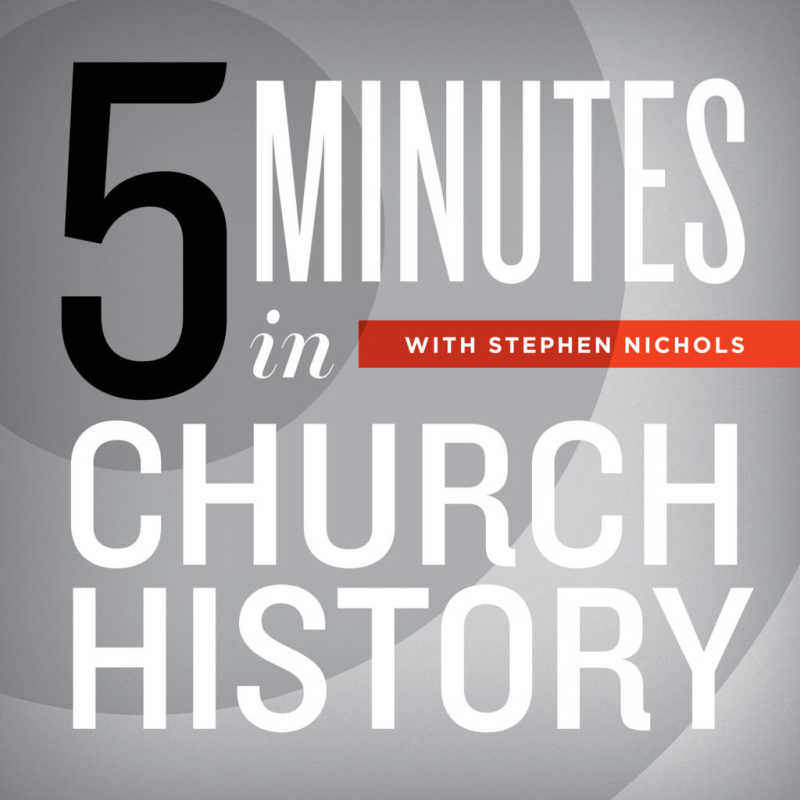Martyrs' Memorial, Oxford

Transcript
In Oxford, England, stands the Martyrs' Memorial. Construction on this memorial began in 1841 and took two years. It's a long tower; in fact, some think it looks like a spire that was removed from some cathedral somewhere. The Martyrs' Memorial commemorates the deaths of the martyrs of the English Reformation. At the top, there are three statues. They depict three Cambridge scholars who were also bishops: archbishop Thomas Cranmer (the first archbishop of Canterbury and head of the Church of England), Bishop Hugh Latimer, and Bishop Nicholas Ridley.
These men, as scholars and bishops, not only contributed to the scholarly basis of the Reformation in England, but they also helped in the administration of the church and in the spread of Reformation ideas. They made their mark when the Reformation began under King Henry VIII, but it was really under King Edward VI that these men made significant contributions to the Reformation.
After Edward, in 1553, came Queen Mary I, known as "Bloody Mary" for her violent suppression of the Reformation. During the Marian persecution, these men were arrested and martyred in Oxford in 1556. The Martyrs' Memorial was constructed as a way to commemorate their lives. On the memorial are inscribed these words: "To the glory and in grateful commemoration of his servants, who near this spot yielded their bodies to be burned, bearing witness to the sacred truths which they had affirmed and maintained against the heirs of the church of Rome and rejoining that to them it was given not only to believe in Christ but also to suffer for his sake. This monument was erected by public subscription in the year of our Lord God 1841."
There are three key verbs in this inscription. The first is affirmed. These men affirmed their belief in Christ and in the gospel. Their martyrdom was their confession of faith in the gospel. And not only did they affirm these truths, but they also maintained them—that's the second key verb. They studied these truths and proclaimed them and taught them and saw that they would be sounded all across the lands of England. The third key verb comes near the end: they suffered for these beliefs. As you look through the pages of history, you realize that for the most part, the body of Christ has not enjoyed times of religious freedom and liberty. In fact, for most of the life of the church, it's a suffering church. As we reflect upon this truth, we are reminded that these beliefs of ours that we celebrate and teach are indeed worth suffering for—and they are even, as these three martyrs show us, worth dying for.
The fact that the Martyrs' Memorial in Oxford was erected in the 1840s is of significance. At this time, a number of Oxford scholars were trying to move the Anglican Church back to Roman Catholicism. In fact, one of the leaders of that movement was John Henry Newman. And it was just after this monument was erected that he himself made that journey to Rome and became a member of the Roman Catholic Church and was named Cardinal Newman. The monument was erected by those who wanted, in their day, to remember the commitment and the zeal of the Reformers.
